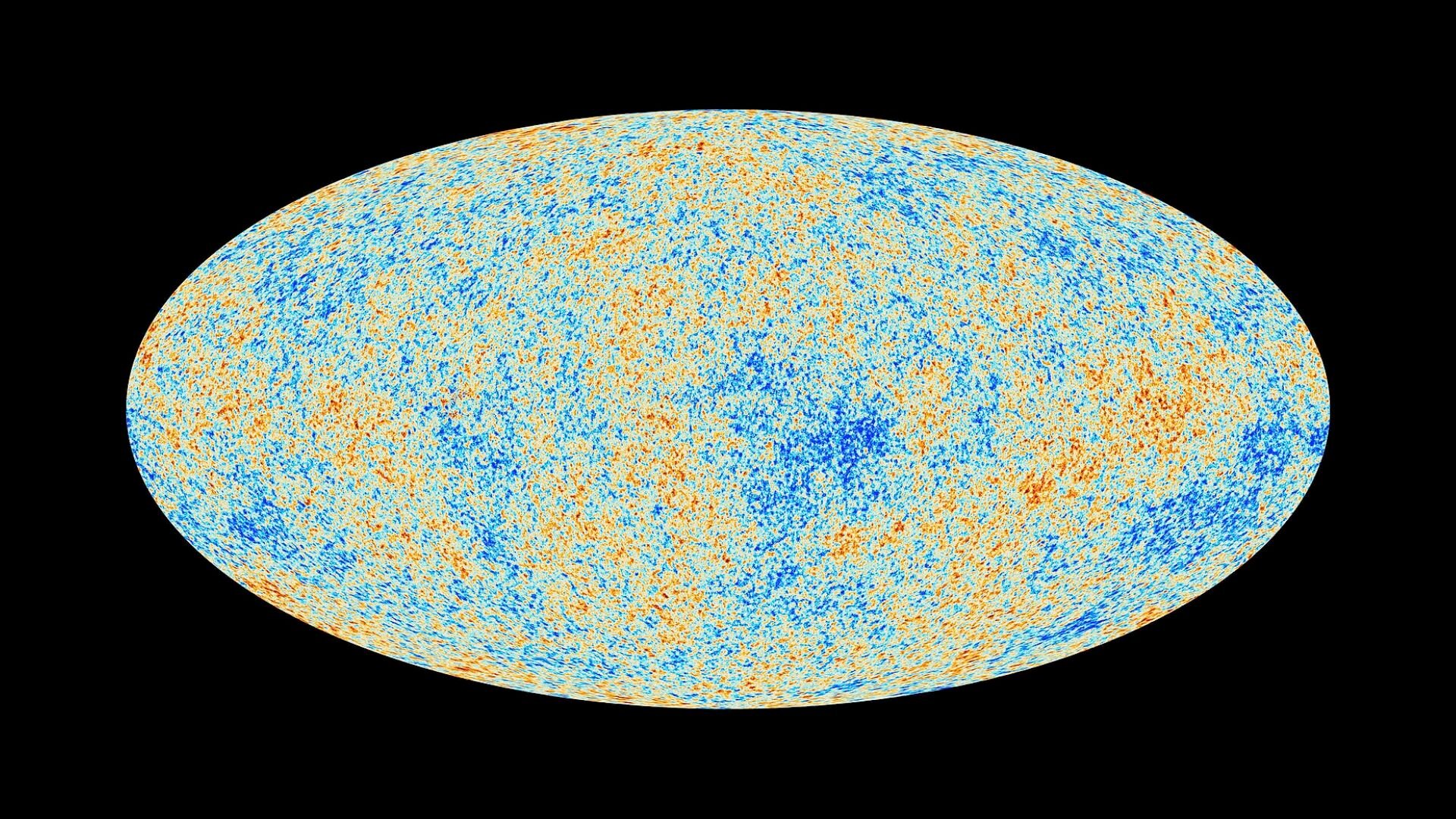Does the universe loop back on itself? This method could detect it
Follow us on Google News (click on ☆)

Our cosmological model of the Universe, based on quantum mechanics and general relativity, generally considers the Universe to be flat. However, it says nothing about the topology of the Universe itself: is it infinite, does it have loops, etc. The PRL study focuses on this aspect and on the possibility that current models and collected data are compatible with the presence of these exotic or non-trivial topologies.
This research is part of the COMPACT collaboration, an international team of scientists. Professor Glenn D. Starkman from Case Western Reserve University in Ohio discussed the team's work. He expressed interest in the possibility that the Universe has an "interesting" topology, though this is often considered exotic.
The Cosmic Microwave Background is highly homogeneous electromagnetic radiation observed in all directions of the sky, with its peak emission located in the microwave domain. Predicted in the 1940s as a remnant of the Big Bang, it was detected by accident in 1965.
After the Big Bang, the Universe was a soup of fundamental particles and gases at extremely high temperatures and pressures. As it cooled, particles formed atoms, allowing photons to travel freely, marking the propagation of the Cosmic Microwave Background, considered a "relic" of the Big Bang.

A map of the Cosmic Microwave Background.
Credit: ESA and the Planck collaboration. noirlab.edu/public/images/CMB.
The Cosmic Microwave Background is present everywhere and is generally uniform in temperature. However, small fluctuations and anomalies have not yet been explained. The researchers in the PRL study propose that these anomalies could be explained by non-trivial topologies of the Universe.
Topology is a branch of mathematics that deals with the shape and structure of objects. The rules of topology differ from those of geometry, but geometry influences topology. Geometry defines how space is curved, while topology defines the connectivity of space, with curves or loops.
Professor Starkman explained that the Universe could be like an old video game, where leaving the right side of the screen makes you reappear on the left, known as being multiply connected.
If the Universe were multiply connected, we would observe paired temperature circles because light from a source could travel two different paths and reach the observer from two directions. However, no evidence of these circles has yet been found.
Researchers propose additional methods to detect this topology, particularly alterations in the statistical patterns of temperature fluctuations in the Cosmic Microwave Background data and in the large-scale structure of the Universe. These detections require immense computational power and the use of machine learning algorithms to speed up calculations.
Professor Starkman hopes that research on cosmic topology will be revived after a decade-long hiatus.